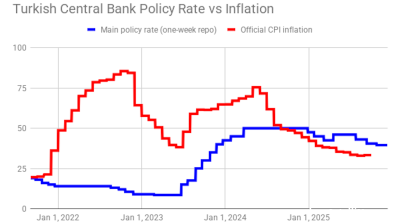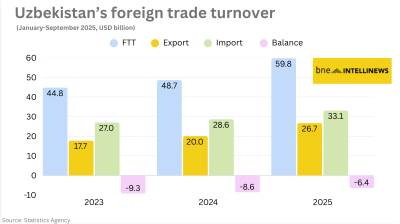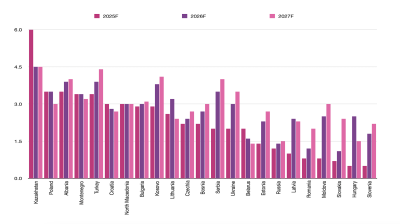The output of Hungary's industrial sector rose 8.9% y/y in January, the fastest rate since the summer, according to preliminary data from the Central Statistics Office on March 4. Adjusted for workdays, output rose 7.1%.
The KSH said most branches of manufacturing contributed to the expansion in January, adding that the output of the biggest branch, automotive manufacturing, grew again after six months of declines.
A detailed breakdown by sectors will be released later, but the output of the computer, electronics and optical equipment segment "effectively stagnated", while that of food, drink and tobacco companies, "grew above the average", KSH added
On a monthly basis, output grew 1.9%. Preliminary data shows that the automotive sector is starting to recover from supply problems.
Hungary’s industry exceeded even the most bullish forecast, but this is hardly sustainable as the outlook is overshadowed by the consequences of the armed conflict, according to analysts.
Hungary’s exports to Russia and Ukraine combined are around 4-5% of the total, but imports are higher due to Hungary’s dependence on Russian gas.
The shutdowns of plants in Ukraine are causing supply chain issues again and the shortages of raw materials such as aluminum, or palladium delivered from Russia could be a threat, said Peter Virovacz, senior analyst of ING Bank. Hence, it is unforeseeable what the sector’s output could be this year, but “clearly a difficult year lies ahead”, he noted.
The war in Ukraine poses risks as many carmakers cut back production because of supplier issues and the consequences of that are still unclear, Takarekbank analyst Gergely Suppan argued.
At the same time, pent-up demand and inventory stock-ups, as well as new production capacities, could boost output. Sanctions and the expected plunge in Russian purchasing power could also darken the outlook, he added.
Data

Turkey's central bank remains cautious, delivers 100bp rate cut
Decision comes on eve of next hearing in trial that could dislodge leadership of opposition CHP party.

Polish retail sales return to solid growth in September
Polish retail sales grew 6.4% year on year in constant prices in September, picking up from a 3.1% y/y rise in August, the statistics office GUS said.

Uzbekistan’s nine-month foreign trade nears $60bn
Export growth of 33% and import expansion of 16% y/y produce $6.4bn deficit.

Hungary’s central bank leaves rates unchanged
National Bank of Hungary expects inflation to fall back into the tolerance band by early 2026, with the 3% target sustainably achievable in early 2027 under the current strict policy settings.




